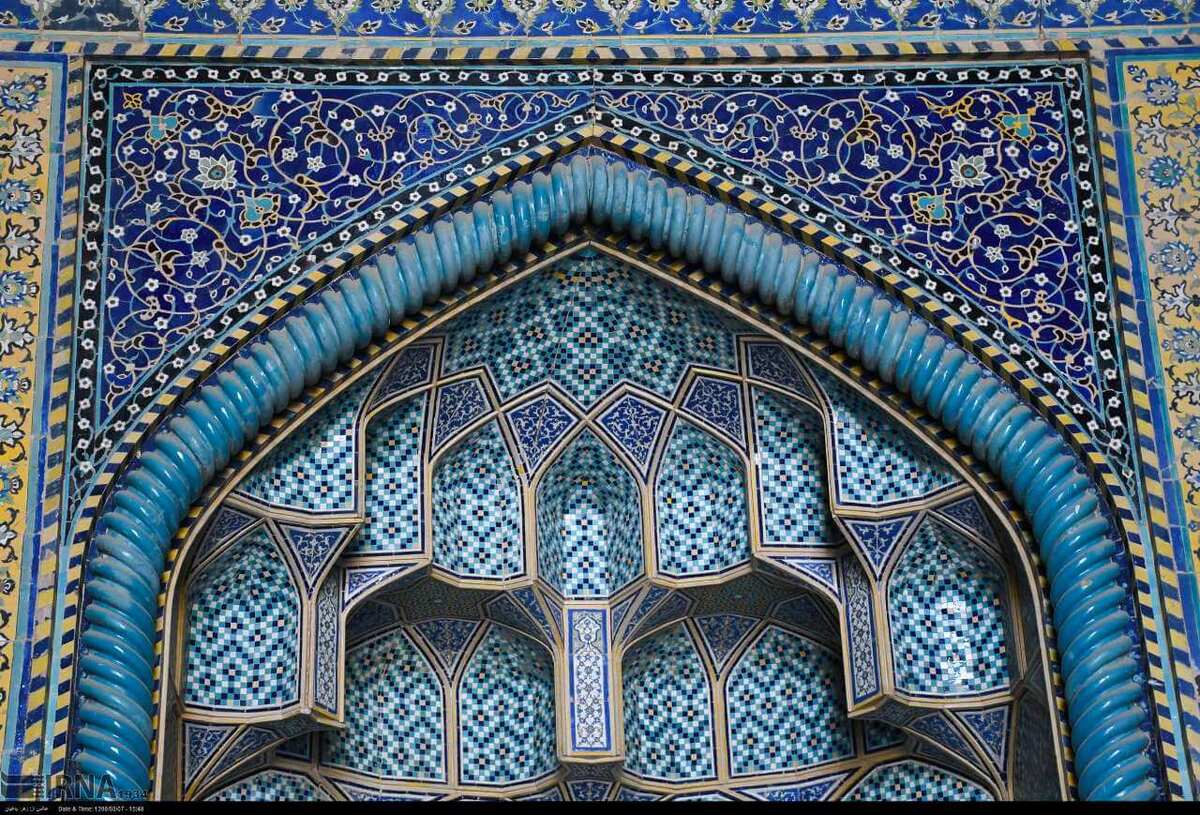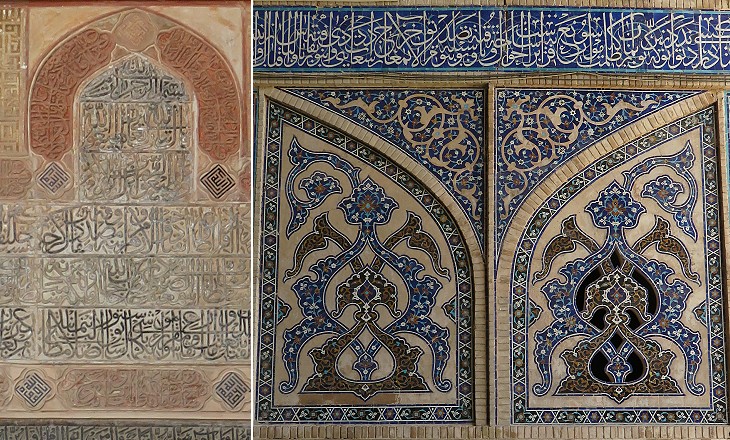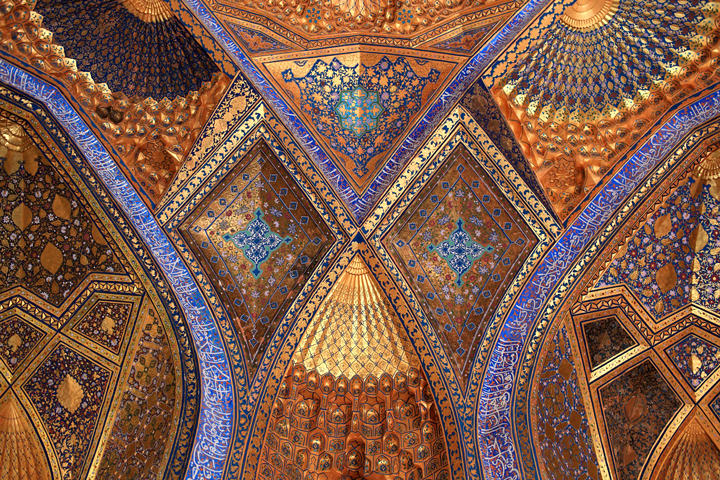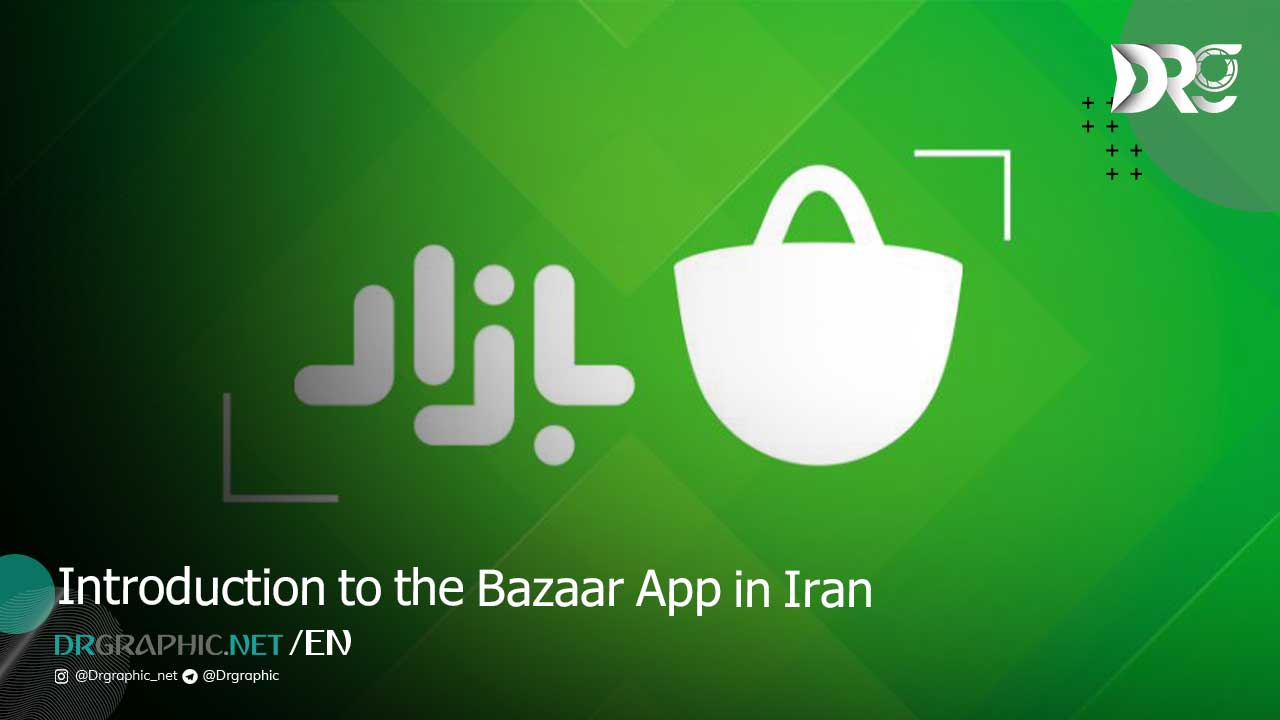Iranian tile work is a captivating art form that has evolved over centuries and stands as a testament to the country’s rich cultural and architectural heritage. Known for its intricate designs, vibrant colors, and timeless beauty, Iranian tile work is a hallmark of Persian architecture and is found in some of the most iconic buildings across the country, from ancient mosques to modern palaces. It is an art that combines creativity, geometry, and religious symbolism, making it an essential aspect of Iranian culture.
Dr.Graphic will explore the history, techniques, and significance of Iranian tile work, shedding light on how this ancient art form continues to influence both Iranian and global architecture today.
Historical Background
Tile work in Iran dates back over a thousand years, with the first known use of tiles in architecture appearing during the Seljuk period (11th-13th centuries). However, it was during the Safavid period (16th-18th centuries) that tile work truly flourished, particularly in the construction of mosques, palaces, and madrasas (religious schools). The Safavid Empire, which was one of the most important and influential dynasties in Iranian history, played a key role in advancing the art of tile work by integrating Persian artistic traditions with architectural innovations.
Iranian tile work gained further prominence under the Qajar Dynasty (18th-20th centuries) when it began to be used not only in religious and royal buildings but also in private homes and other structures. The art continued to evolve in the modern era, with contemporary Iranian tile artists adding their unique touch while retaining the traditional techniques and patterns that have defined Persian tile work for centuries.
Types of Iranian Tiles
Iranian tiles come in various types, each with its own distinct style and technique. The three most prominent types of tiles in Iran are:
1. Kashi (Ceramic Tiles)
The earliest form of Iranian tile work involved ceramic tiles made from clay. These tiles were initially unglazed and simple, but over time, they became more elaborate as craftsmen developed glazing techniques that allowed for vibrant colors. Kashi tiles are most commonly used for covering large surfaces such as the walls of mosques, courtyards, and other monumental buildings.
Kashi tiles are often decorated with floral and geometric patterns, showcasing the Persian appreciation for symmetry and balance. Over the years, the use of Kashi tiles has expanded to both interior and exterior designs, and they continue to be a staple of Iranian tile work today.
2. Faience Tiles
Faience tiles, which are made from a type of glazed ceramic, are another prominent form of Iranian tile work. These tiles are known for their colorful glazes and detailed motifs, often featuring intricate arabesque patterns and calligraphy. Faience tiles were often used in architectural decoration, particularly in religious buildings such as mosques and shrines.
Faience tiles are typically hand-painted with vibrant colors, including blue, turquoise, green, and yellow. The intricate nature of the designs, often geometric or floral, symbolizes the eternal nature of the universe and divine beauty, making them especially significant in religious contexts.
3. Mosaic Tiles
Mosaic tiles, often used in combination with other types of tiles, are another important element of Iranian tile work. These tiles are smaller and are arranged in patterns to create large, intricate designs. Mosaic tile work is commonly used in the creation of large-scale murals and decorative panels.
The patterns on mosaic tiles often include floral, geometric, and sometimes even figurative depictions, although the latter is less common due to Islamic artistic traditions, which discourage the use of human or animal figures in religious art. Mosaic tiles have been used to adorn the facades of mosques, shrines, and other significant buildings in Iran.
Techniques and Methods of Tile Making
The process of creating Iranian tiles is both an art and a science, involving various intricate steps and methods that have been passed down through generations.
1. Preparing the Clay
The first step in the tile-making process involves preparing the clay, which is sourced from specific regions of Iran known for their rich deposits of high-quality clay. The clay is carefully mixed with water to create a malleable substance, which is then shaped into tiles using molds or by hand.
2. Glazing
Once the tiles are shaped, they are dried and fired in a kiln to harden them. After this initial firing, the tiles are glazed using a variety of techniques. One of the most well-known glazing techniques is called “lusterware,” where tiles are coated with a glossy finish that gives them a shiny and reflective surface.
The glazing process involves the use of metallic oxides, which are mixed into the glaze to produce vibrant colors such as blue, green, yellow, and red. The tiles are then re-fired to set the glaze and enhance the colors.
3. Painting and Decorating
The final stage of tile making is the painting and decoration process. Persian tile work is famous for its detailed and elaborate designs. Craftsmen often use brushes to hand-paint the tiles with intricate patterns, which can range from floral motifs to abstract geometrical shapes. Calligraphy, especially verses from the Quran or Persian poetry, is frequently incorporated into the designs, adding spiritual and poetic elements to the tiles.
Tiles are typically arranged in large panels to cover entire walls, creating murals or decorative scenes. These designs are often symbolic, representing themes of faith, nature, and the cosmos.
Significance in Persian Architecture
Iranian tile work is not only an aesthetic expression but also an essential part of Persian architecture. The use of tiles in architecture serves both practical and spiritual purposes. Tiles are used to insulate buildings, keeping them cool in the hot Iranian climate, while their colorful and intricate designs bring beauty and meaning to the structure.
In mosques and shrines, tile work often carries religious symbolism, such as depictions of paradise, representations of celestial realms, or abstract geometric patterns that symbolize the infinite nature of the universe. In many ways, Iranian tile work is seen as a spiritual expression of the divine, with each tile representing a small piece of the whole universe.
Iranian Tile Work in Modern Times
Today, Iranian tile work continues to thrive, both in traditional and modern contexts. Contemporary tile artists are pushing the boundaries of design and experimenting with new techniques and materials, but they often draw inspiration from ancient Persian tile-making methods. Tile work remains an important feature in the restoration and preservation of historical buildings, ensuring that future generations can continue to appreciate the beauty and craftsmanship of Iranian architecture.
Conclusion
Iranian tile work is an ancient art form that combines functionality with artistic expression. Its rich history, intricate designs, and vibrant colors have made it a key component of Persian architecture and culture. Whether adorning the walls of a grand mosque, a royal palace, or a modest home, Iranian tiles continue to capture the essence of the country’s artistic traditions. Today, Iranian tile work remains a symbol of the country’s enduring heritage, as well as a source of inspiration for artists and architects around the world.
Resources: WIKIPEDIA
How useful was this post?
Click on a star to rate it!
Average rating 5 / 5. Vote count: 3
No votes so far! Be the first to rate this post.










